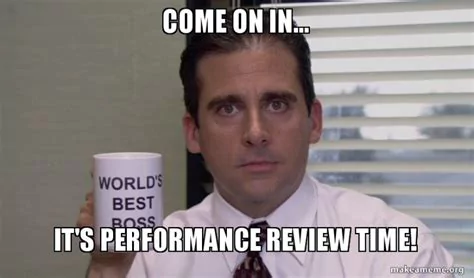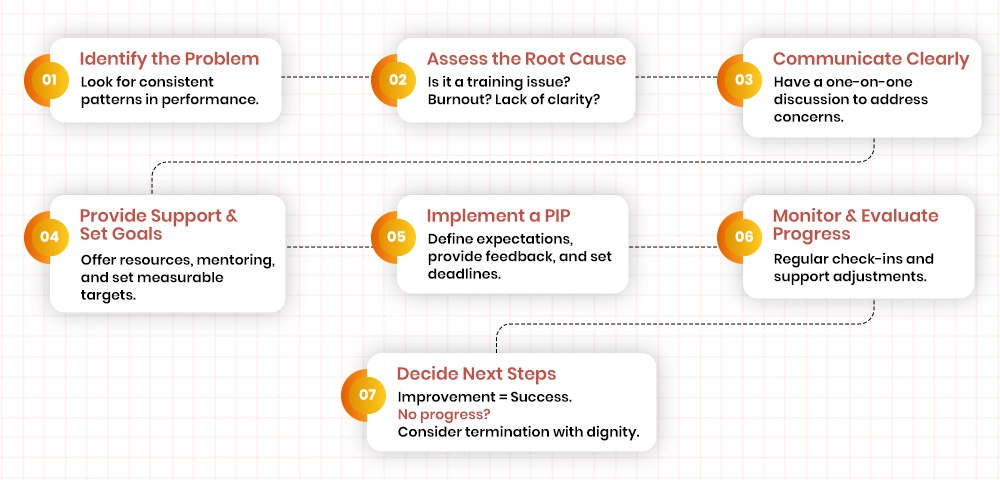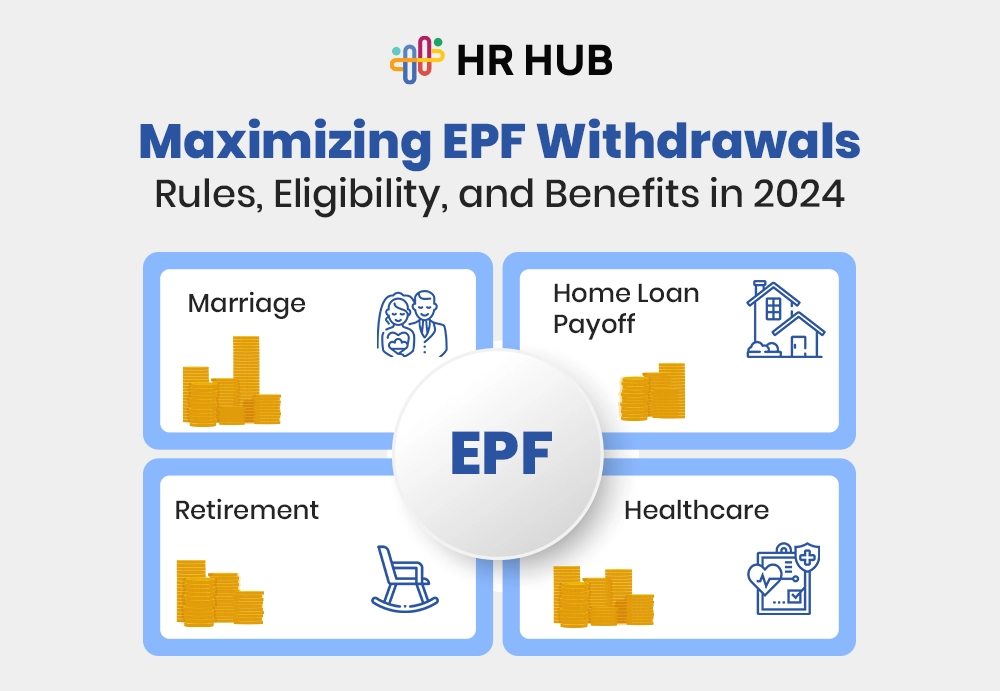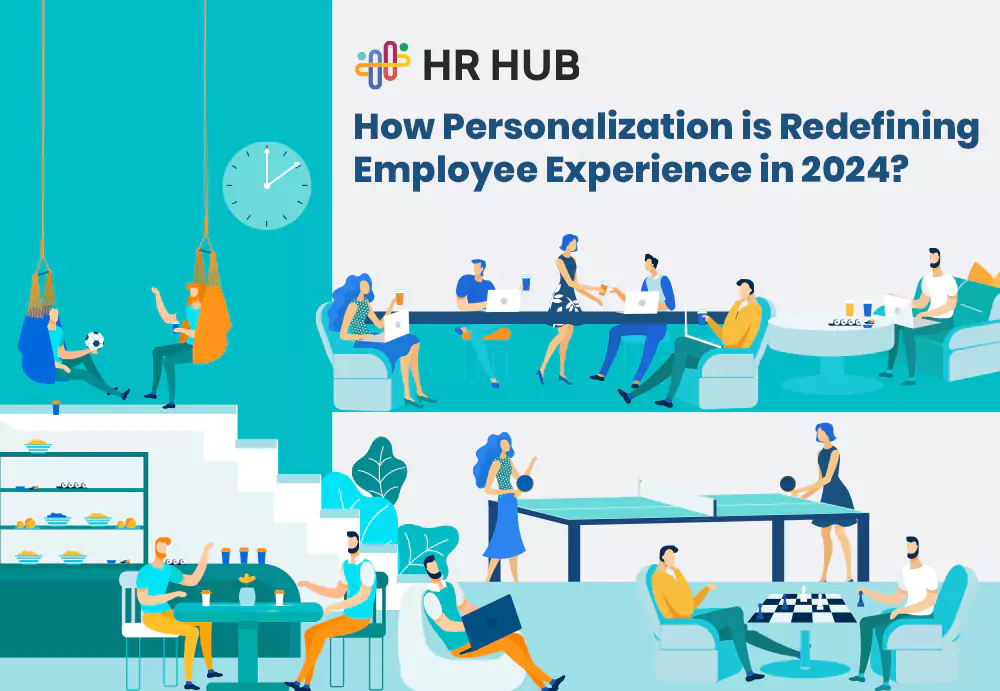Let's be realistic—managing poor performers often leaves you trying to walk on a tight wire over a hell of an HR abyss. Do you coach? Give them one more chance? Or do you say adios? If you've ever come home from a workday thinking, "Did I just play myself in some sort of corporate soap opera?" This guide is for you.
Performance management doesn't have to be a nightmare.
With the right approach, you can transform underperforming employees into high achievers—or at least get them out the door with dignity. Let's get into this no-holds-barred playbook!
The Meme-Worthy Reality of Performance Reviews
Performance reviews are never easy—especially when the employee in question mysteriously calls in sick on the day of their scheduled review. Sound familiar? You’re not alone.

This meme truly epitomises a prevalent office annoyance: the art of avoidance. If an employee constantly avoids performance talks, it's a sign that they may already know they have much to work on—but refuse to confront it.
Step By Step Guide on Identifying and Resolving Employee Performance Issues
Let's jump right into the primary steps to make your task easier to identify and address employee performance issues.
Step 1: Identifying Performance Issues
Before taking any action, it’s important to identify when an employee is genuinely struggling. Every employee can have an off day, but repeated patterns of underperformance indicate a deeper problem.
Signs of Underperformance
- Missed deadlines and declining productivity – Are they consistently late on projects or not meeting goals?
- Poor work quality – Frequent errors, lack of attention to detail, or unfinished tasks.
- Lack of engagement – Are they disinterested in their work, avoiding responsibilities, or putting in minimal effort?
- Conflict with colleagues – Have you noticed increased friction between them and the team?
- Resistance to feedback – Do they become defensive or fail to act on constructive criticism?
Action Tip: Document specific performance trends instead of relying on assumptions. A record of missed deadlines or errors helps address the issue more effectively.

Step 2: Finding the Root Cause
Jumping to conclusions without understanding why employees struggle can lead to the wrong solutions. Performance issues often have underlying causes that need to be addressed first.
Questions to Ask Before Taking Action:
- Does the employee clearly understand their role and expectations?
- Do they have the necessary skills and training to perform their job?
- Are personal issues, health concerns, or burnout affecting their performance?
- Is the work environment or team dynamic playing a role?
- Is their workload realistic, or are they overwhelmed?
Action Tip: Have an open, non-judgmental conversation with the employee to understand what’s going on before deciding on a corrective action.
Step 3: Addressing the Issue with a Performance Plan
Once the issue has been identified and diagnosed, it’s time to work on solutions. The best approach depends on the cause of underperformance.
Solutions for Common Performance Issues
1. Clear Communication & Feedback:
- Set crystal-clear expectations for job performance.
- Give specific feedback on where they need to improve.
- Recognize small improvements to keep motivation high.
2. Training & Skill Development:
- Provide necessary training or mentorship.
- Offer online courses or hands-on workshops.
- Assign a mentor or buddy to guide them.
3. Performance Improvement Plan (PIP):
- Outline clear performance goals and expectations.
- Set a timeline (e.g., 30, 60, or 90 days) for improvement.
- Schedule check-ins to track progress and provide support.
4. Adjusting Their Role (If Needed):
- If the employee has strengths in other areas, consider reassigning them to a more suitable role.
- If job expectations were unclear, redefine their responsibilities.
Action Tip: Choose the right solution based on the issue’s root cause. For example, if training is the problem, a PIP won’t fix it—but mentorship and guidance might.
Step 4: Monitoring Progress & Making a Decision
Even with support, not all employees will improve. It’s important to track their progress and decide the next steps based on their efforts.
How to Evaluate Progress:
- Regular one-on-one check-ins – Discuss improvements and roadblocks.
- Track measurable results – Are they meeting goals and deadlines?
- Get feedback from colleagues – Have any changes in teamwork and collaboration?
- Look for attitude shifts – Are they showing effort, initiative, and willingness to improve?
When to Take Further Action
If an employee continues to struggle despite support:
- Reassign them to a more suitable role – If they have strengths elsewhere.
- Issue a formal warning – If improvement is slow or nonexistent.
- Consider termination (as a last resort) – If all options have been exhausted, it may be time for a respectful exit process.
Action Tip: Always document every step taken—from feedback to training—to ensure fairness and transparency in decision-making.
Step 5: Creating a Culture of Continuous Performance Improvement
Instead of only reacting to performance issues, proactive companies prevent them by fostering a culture where feedback, growth, and accountability are the norm.
How to Build a High-Performance Culture:
1. Regular Feedback, Not Just Annual Reviews – Conduct frequent check-ins so employees know where they stand.
2. Recognition & Motivation – Celebrate wins, no matter how small, to keep employees engaged.
3. Provide Career Development Opportunities – Offer mentorship, upskilling, and stretch assignments.
4. Encourage Open Communication – Employees should feel safe to discuss challenges early.
5. Lead by Example – Employees will follow if leadership embodies accountability and improvement.
Action Tip: What is the best way to avoid performance issues? Catch them before they become a major problem by making continuous improvement a part of daily work life.
Bonus: The Employee Performance Flowchart
We’ve created a visual flowchart addressing performance issues to simplify your life. Print it out. Keep it handy. Save yourself some headaches!

Enhancing Employee Performance with Software
Having performance management software is an ongoing way of automating the review process and staying in touch with the pulse of organizational wellness. It allows continuous feedback, setting goals, and monitoring performance, making it easier to spot trends and issues before they become problematic.

Moving Forward with Employee Performance Management
Handling and solving employee performance problems need not be an uphill task. Employing the correct tools and methodology and sound employee performance management software such as HR HUB can make it easier for companies to re-engineer how human resources are handled.
HR HUB facilitates monitoring and monitoring of performance statistics and assists in combining these processes within normal business operations without a glitch, thereby presenting a harmonized and efficient workplace.
By finding the causes of performance problems and fixing them before they happen, organizations can guarantee that they will survive and prosper in their competitive business environment. Remember that performance management should always enable employees to do their best, benefiting their personal development and the organisation's overall success.






